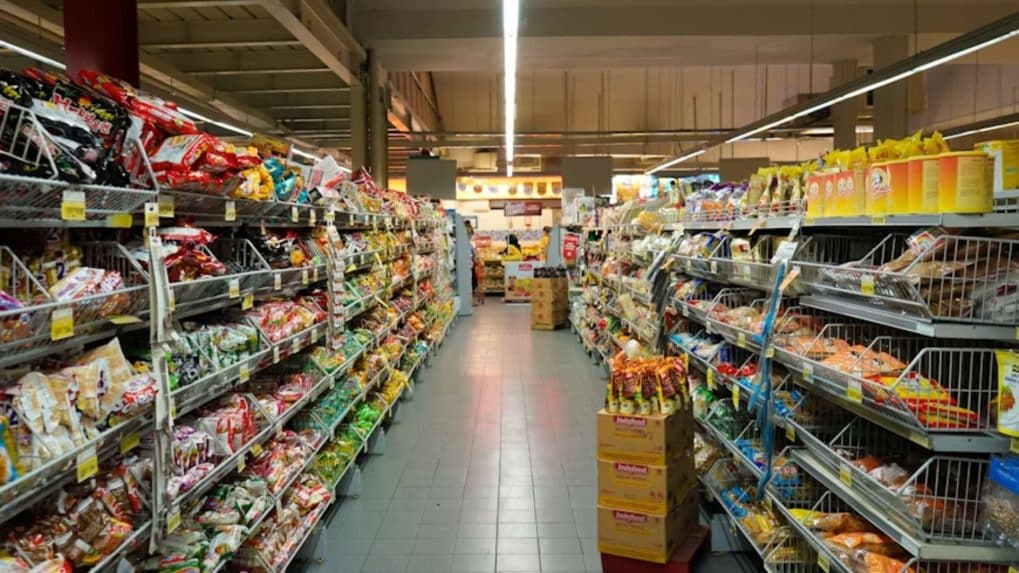Digital
Why OpenAI is hiring 100 ex-bankers: Inside the ChatGPT-maker's secret project to automate Wall Street's grunt work

Prime Minister Narendra Modi, in his 12th Independence Day speech on August 15, announced what he called an early Diwali gift for Indian businesses and consumers - a major restructuring of the goods and services tax (GST) system.
The government has proposed slashing the existing four-tier GST structure to two slabs of 5 percent and 18 percent, eliminating the much-debated 12 percent and 28 percent rates, media reports suggest.
Read More: GST 2.0 likely to lift festive cheer: India’s AdEx set to top Rs 55,000 cr in FY26, up 18–20% YoY
The reform, however, requires approval from the GST Council, which includes representatives of all states and Union Territories, before being rolled out. The next council meeting is expected later this month.
Key structural changes
Under the proposed plan, most essential items will fall under the 5 percent slab, while a wide range of goods and services will be taxed at 18 percent.
A separate 40 percent rate will apply to "sin goods" such as tobacco, online gaming, and luxury products. Petroleum products will remain outside the GST regime, while certain categories like diamonds and precious stones will continue under existing rates.
Economists told Bloomberg that while the immediate impact may be marginal in Q2, the revised tax structure could deliver a meaningful boost to consumption and economic growth in FY26.
What could get cheaper?
If approved, the move promises to lower the cost of several consumer products:
- Home appliances: Air conditioner may get cheaper by Rs 1,500 - 2,500 depending on the model, while TVs (32-inch and above), refrigerators, washing machines and mobile phones could also see price cuts.
- Automobiles: Cars and two-wheelers - currently taxed at 28 percent - will shift to the 18 percent slab. Auto stocks reacted positively, with the Nifty Auto Index closing 4.61 percent higher on August 18.
- Everyday essentials: Tooth powder, namkeen, jam, ketchup, packaged juices, pasta, noodles, butter, condensed milk, cheese, ghee, and milk-based beverages are expected to fall into the 5 percent bracket.
- Garments and footwear: Readymade garments priced under Rs 1,000 and budget footwear could see price drops.
- Healthcare and education inputs: Vaccines, school stationery, and agricultural tools will also get cheaper.
Read More: Government weighs GST cuts on cars and motorcycles, promising relief for entry-level buyers
PM Modi's message
In his Independence Day address, PM Modi described the reform as a "double Diwali gift" that would simplify the tax system, ease the burden on households and businesses, and give a much-needed push to demand in key sectors like automobiles, appliances, and insurance.
Economic impact
The proposed changes come against a backdrop of slowing consumption and global uncertainty, worsened by tariff barriers imposed by US President Donald Trump on Indian goods.
Analysts say the GST cuts, coupled with recent income tax changes, will leave more disposable income with consumers and may encourage the Reserve Bank of India to consider a rate cut in its next Monetary Policy Committee (MPC) meeting. Such moves could strengthen growth momentum heading into FY26.
From Delhi’s sharp-tongued lyricists to Chennai’s bilingual innovators and North-East India’s experimental beatmakers, Rap 91 LIVE’s lineup was a sonic map of the country’s cultural diversity.
Read MoreAs WPP reels from revenue declines and vows sweeping restructuring, Publicis and Havas ride strong AI-led client demand. With Omnicom and IPG on the cusp of a historic merger, the global advertising landscape braces for a power realignment built on data, technology, and efficiency.